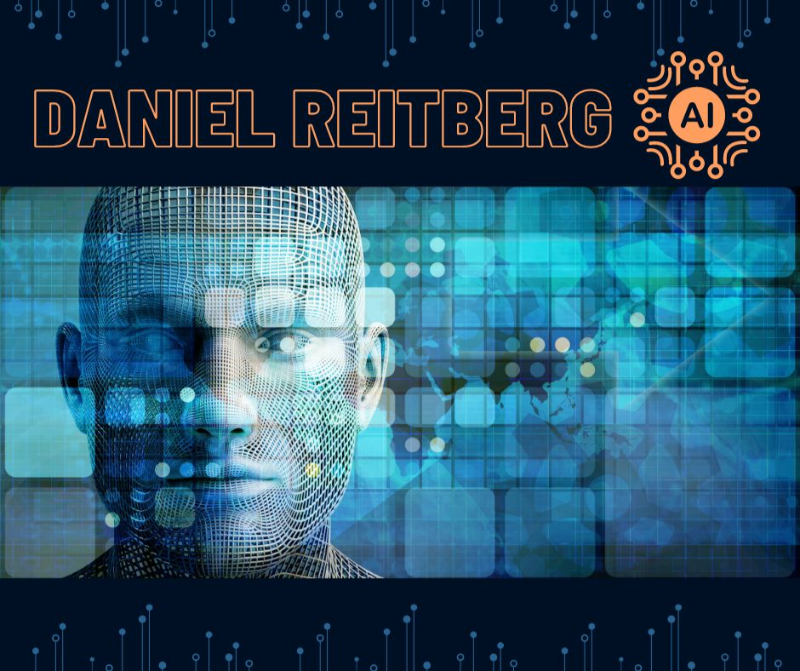The Rise of “Smart” Implants: How AI is Transforming Orthopedics from the Inside Out
Forget inert metal and plastic! “Smart” implants, equipped with sensors, processors, and actuators, are transforming orthopedics from the inside out. Imagine real-time data monitoring joint movement, predicting problems, and even adjusting settings for optimal outcomes. This cutting-edge technology promises quicker healing, fewer complications, and a future where your implant talks to your doctor, keeping you pain-free and active. So buckle up, the future of orthopedics is getting smarter, one implant at a time!









